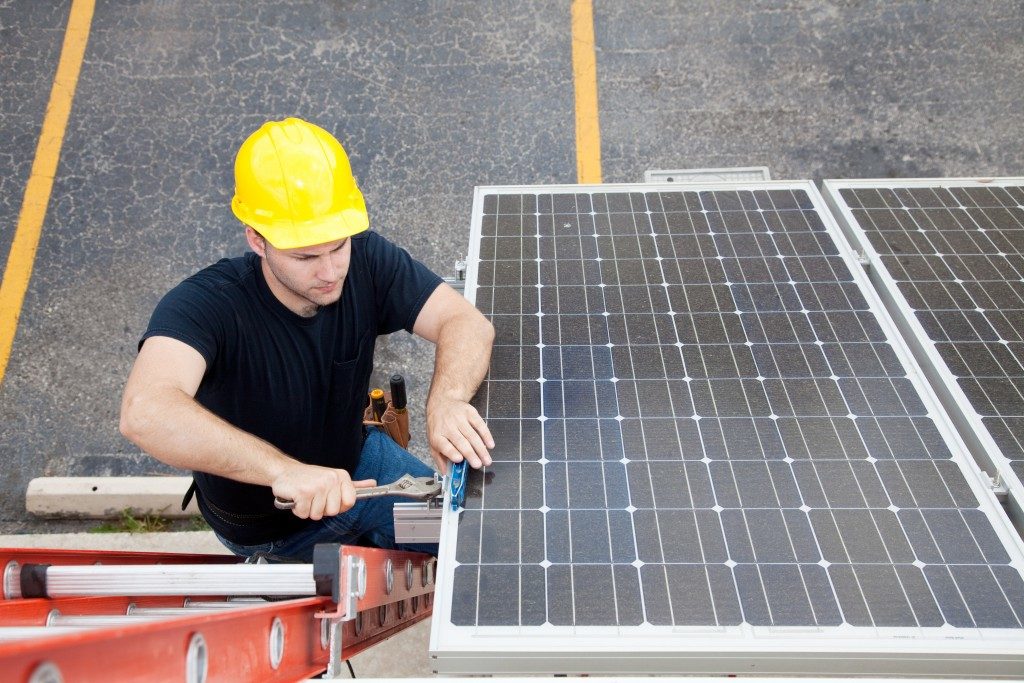While it’s helpful for the environment, green living tends to be associated with high costs. Organic ingredients are often more expensive than fast food meals. Some sustainable alternatives to plastic bags are costlier. Going solar, on the other hand, has become more affordable over the years.
In the early 2000s, solar-powered homes were rare. As with any new technology, there was a period of user adoption that limited the market, so solar power for homes did not enjoy the economies of scale. But with increased interest, falling product prices and federal and state tax rebates for solar panel systems like the Emergency Economic Stabilization Act, more homeowners are going solar.
The upfront cost of solar panels today, while cheaper, can still be expensive for many homeowners. On average, a residential solar panel system installation costs $17,000. Many providers say you shouldn’t get discouraged with this cost, though, as a residential system can pay for itself in the long run.
Reduced Energy Bills Each Month for Years
Other than the federal and local tax incentives, going solar brings savings on your monthly energy cost. Solar panels generate their own power, so they can greatly, if not entirely, offset your electricity bill. Evaluate your monthly bills. The higher it is, the more likely you’ll benefit from going solar and getting your return on investment sooner.
 Solar panels usually last for two decades. When you install a solar panel system at home in your today, you get to enjoy reduced energy costs each month for 20 years or so.
Solar panels usually last for two decades. When you install a solar panel system at home in your today, you get to enjoy reduced energy costs each month for 20 years or so.
The average monthly energy bill for homes in the US is $111.67, according to the US Energy Information Administration. Multiply that amount by 240 months (20 years), and you could save around $26,000. Your energy savings could be even higher if you live in states that enjoy more sunlight hours per day than others, or your household’s power usage is higher than the average. With such savings, solar panels can, indeed, pay for themselves in the long run.
In addition, relying on solar energy means you no longer have to experience the effects of energy hikes. You can budget your monthly household expenses easier, or, if you have an energy-efficient home, you can even make money by selling off your excess energy to your local power companies. Check with your local government and power companies if they offer this.
Increased Home Value
Another way a solar panel system can pay for itself is by boosting the value of your home. If you plan to sell your property in the future, you should know that buyers have been willing to pay a premium of about $15,000 for a solar-powered home.
But What If You Can’t Still Afford the Upfront Cost?
Many solar panel manufacturers recognize that some homeowners can’t afford the installation. Even with tax rebates and the significant potential energy savings, they just don’t have the money to shell out for installation. That’s why brands like SunPower, along with their distributors, help homeowners access various financing options. Solar energy is becoming more widely-available, giving more Americans the opportunity to contribute to saving the environment.
Sustainable living doesn’t have to be expensive. As you wait for cheaper plastic alternatives and organic food, you can start using green products, such as solar panels, that can bring you not only environmental but economic savings as well.

